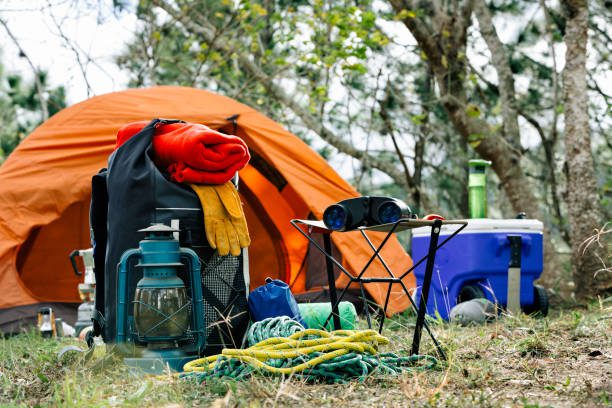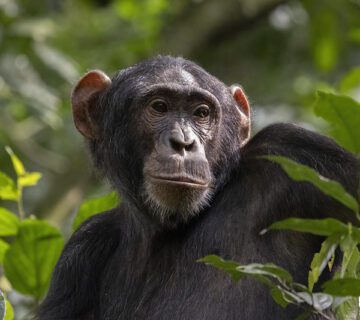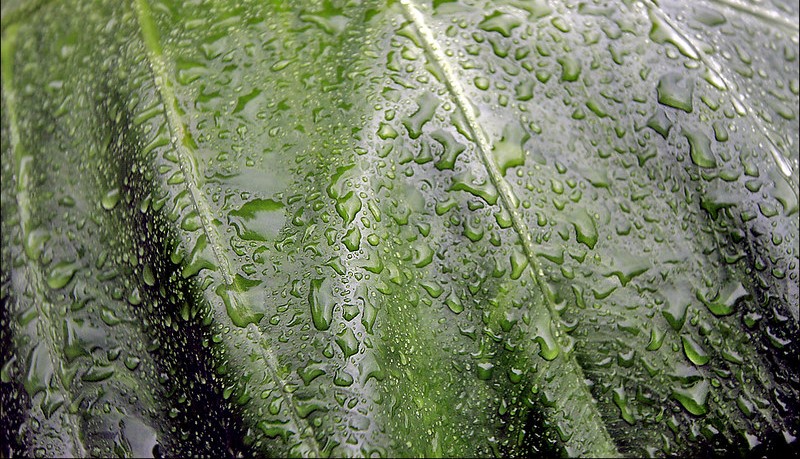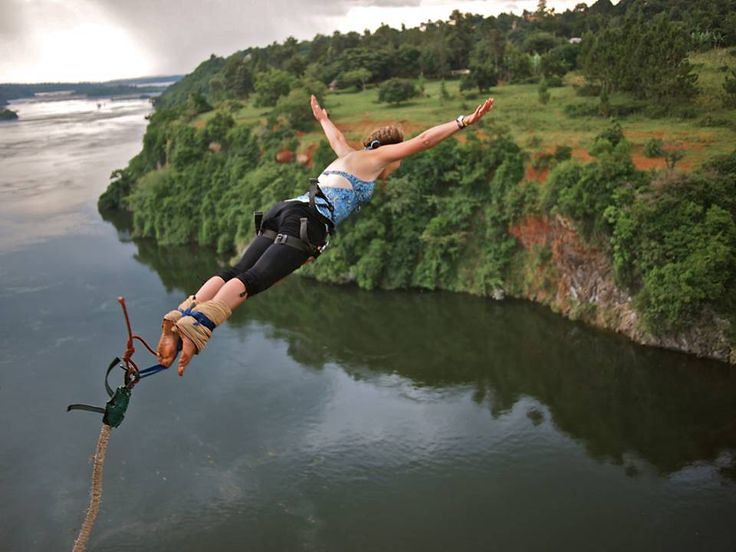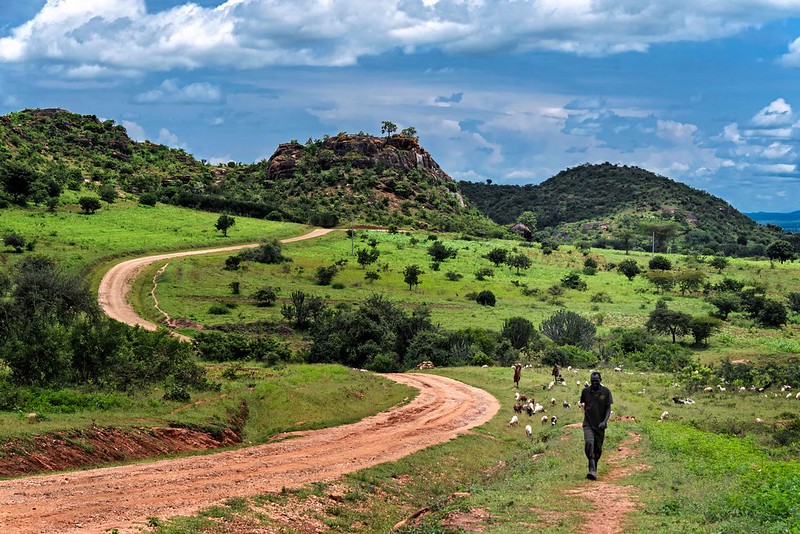Mount Rwenzori National Park is the tallest mountain range in Africa when compared to other recognised mountain ranges in Africa, with one of its glaciers serving as the source of the world’s longest river, the Nile. Mount Rwenzori is Africa’s third highest mountain, rising up to 5,109 metres above sea level after Mount Kilimanjaro (5,895 metres) and Mount Kenya (5,199 metres), given that their highest peaks rise above the clouds and are permanently snow-capped.
Rwenzori Peak is also known as “Mountain of the Moon,” a moniker given to the peak by Alexandrine Pletomy, a geographical scholar and photographer, in early AD 150. Henry Morton Stanley, an English adventurer, called the mountain “Cloud Mountains” in 1899. Rwenzori, which means “rainmaker” in Swahili, is not a volcanic peak like Mount Elgon but rather a block mountain built by the bottom of the western Rift Valley.
Rwenzori Mountain National Park is located in western Uganda, bordering the Democratic Republic of the Congo and its famous Virunga National Park along the East African Rift Valley. It spans the Equator and has six summits, three of which are continuously snow-capped, including Mount Stanley, Mount Baker, and Mount Speke. Mount Stanley’s highest peak, Margherita Peak, is the third highest mountain in both East Africa and Africa overall. Mount Speke is ranked fourth, and Mount Baker is ranked fifth among Africa’s tallest summits. As you prepare for your Rwenzori safari, remember to include the following items on your packing list:
Waterproof hiking boots
This is an important consideration to make before trekking since hikers require adequate shoe comfort to be able to ascend Mount Rwenzori and reach the top; you may need to take more than one pair of hiking shoes for your trip. Hiking Mount Rwenzori entails crossing streams, ascending steps, negotiating damp open meadows, and navigating a variety of different terrain. So, for your own sake, purchase waterproof hiking boots that can get wet while still keeping your feet dry.
Non-cotton and long-sleeve clothing
Carrying cloths that dry quickly and wick away moisture is your best bet. Hikers are advised to bring as many clothes as hiking days so that each day has its own clothes. You don’t need a shirt every day, and there are certain locations along the road to give your shirt a thorough rinse (near John Matte cabin, there’s a river so close).
You must bring long-sleeved shirts and trousers to remain comfortable in the mountain’s coldest parts. Wearing long-sleeved clothing is also an excellent strategy to avoid sunburn. Two can suffice for your Rwenzori adventure. Replace your cotton long sleeve, which will absorb your sweat and stink up your bag and room, with lightweight, breathable polyester.
Pairs of trousers
Depending on your preferences, you can wear hiking trousers or jeans. Jeans are only appropriate when they are not too tight and it is not raining. I would bring more than one of everything you bring. Hiking in shorts at lower altitudes is highly suggested since your body sweats a lot as you walk, and trousers will make you feel sweaty and hot.
Sandals and A rain jacket
Your feet will not want to be in boots after a long day of travelling. In the evenings, having sandals in your pack will come in handy. They will also assist you in moving around the hut, visiting the latrines, and taking a shower in the facilities.
A rain jacket with a hood will do the basic task of keeping you dry in the event of rain. It may be worn with a long-sleeved shirt.
Waterproof trousers
Rwenzori is prone to rain, so bring at least a pair of these. Those trekking during the rainy season will need to pack them because it will rain at any time.
Socks
You will need socks that can absorb moisture from your feet. Because there are a few laundry areas, the number of pairs I would carry should be equal to the number of days you will be on the mountain. You’ll also need socks at night to keep your feet toasty.
Bag backpack
You will need a nice backpack to carry a few items that you will need to use during the day, such as your electronics and toiletries, to name a few. The remainder of your belongings should be packed in a duffel bag to make carrying easy for the porters. All of the bags should be watertight.
Good sleeping bag
Standard outdoor sleeping bags are ineffective in the Rwenzori because it is quite cold up there, with temperatures down to 3 degrees at some places. You should treat yourself and get a decent sleeping bag. I recommend a mummy-style 0-degree sleeping bag, which will keep you warm even at greater altitudes.
Headlamp or torch
Because there is no power in the huts, you will need a headlamp or torch to help you navigate through the night. The journey from the cabin to Margherita Peak begins at 2 a.m.; therefore, you will need to invest in a strong headlight with a long-life battery because you will be climbing across bare rocks and ice in the dark.
Microfiber towel
As you ascend, the temperature will drop, and you will get a runny nose. A cotton towel would be ideal, but because it takes so long to dry, disregard it. Choose a soft, quick-drying microfiber towel instead.
First aid kit
You will need a first aid kit because while you go, anything may happen, especially in rocky regions, and you could slide and harm yourself. A bandage for any twists, antidiarrheal medicine such as Imodium or another type, iodine wipes for any wounds, pain relievers, moleskin for blisters, and high-altitude medication should all be included in the bag.
Extra camera batteries and memory cards
When visiting Uganda’s tallest peak, you’ll want to snap a lot of images because it has so much beauty (beautiful landscape, flora, rivers, lakes, and waterfalls). Your camera power and storage capacity may deplete, so bring extra batteries and memory cards.
Snacks
The Rwenzori hiking service providers supply hikers with a little snack, but you are welcome to bring your own. So if you don’t like what they serve, you may eat what you brought. While hiking, you can bring protein bars, multivitamins, or anything else that is beneficial to your health.
Sunscreen/hat/sunglasses
These are self-explanatory. Nobody wants to get sunburned. Remember to pack lip protection and lip moisturiser for the higher, drier altitudes.
Water filter
You will not be given bottled water while hiking the Rwenzori. You will acquire pure water from the rivers and streams in the highlands. The natives drink it and are fine. If you don’t trust it, it’s OK to add some water filters to avoid any hassles.
Hiking Gloves
Gloves are useful in regions where temperatures are too low. You can use them on chilly evenings or when going around glacial areas since it is too cold. They also protect your palms when using the ice ask.

